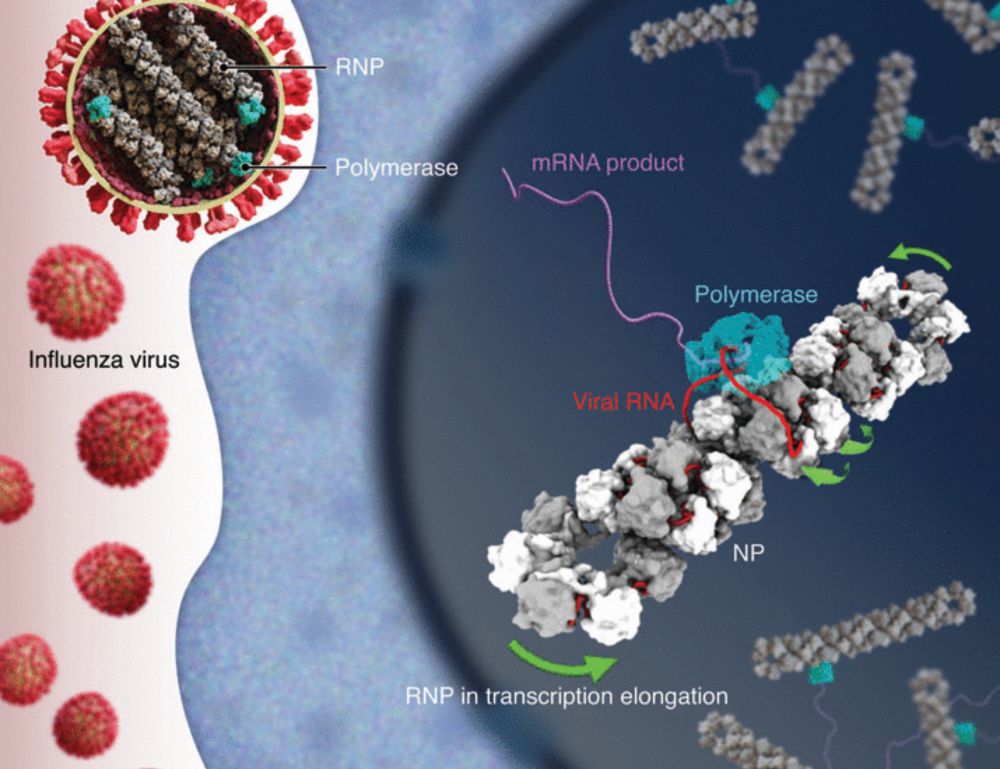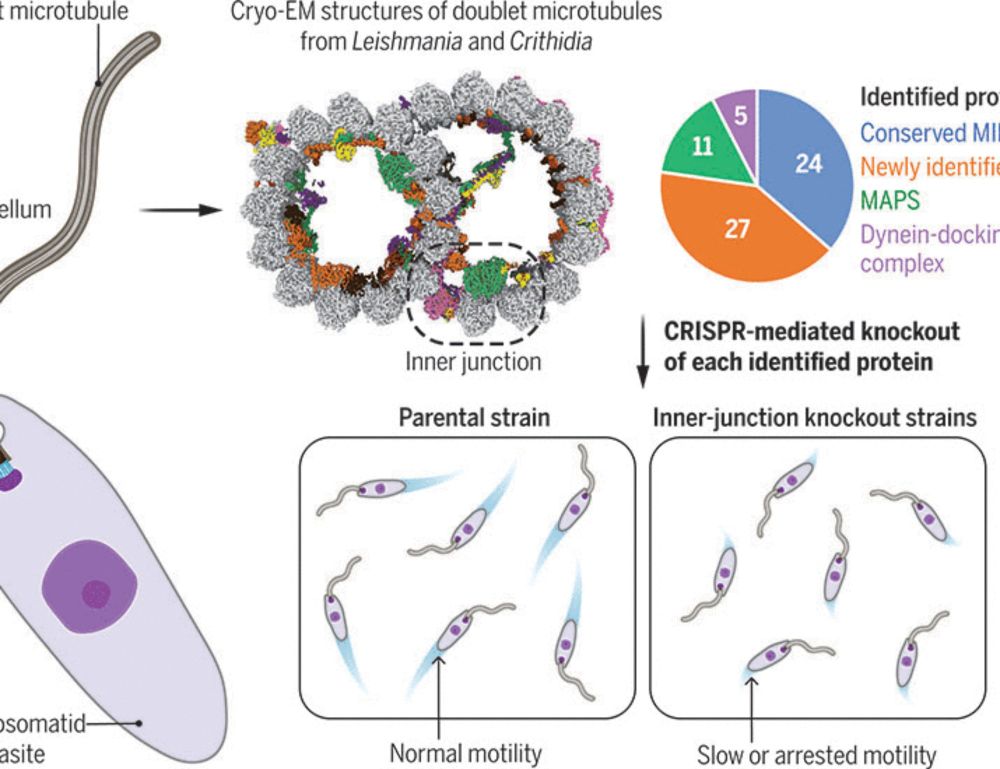Matt Doran
@matthdoran.bsky.social
Structural biologist and post-doc in the Brown Lab @harvardmed. Formerly at the Lehman lab @BUMedicine.
Reposted by Matt Doran
Excited to share our new @science.org paper! Led by postdocs Ruchao Peng and Xin Xu, we used cryo-EM/ET to reveal the influenza ribonucleoprotein complex structure and its strand-sliding mechanism for RNA synthesis, paving the way for new antivirals.
www.science.org/doi/10.1126/...
www.science.org/doi/10.1126/...

Molecular basis of influenza ribonucleoprotein complex assembly and processive RNA synthesis
Influenza viruses replicate and transcribe their genome in the context of a conserved ribonucleoprotein (RNP) complex. By integrating cryo–electron microscopy single-particle analysis and cryo–electro...
www.science.org
May 15, 2025 at 7:51 PM
Excited to share our new @science.org paper! Led by postdocs Ruchao Peng and Xin Xu, we used cryo-EM/ET to reveal the influenza ribonucleoprotein complex structure and its strand-sliding mechanism for RNA synthesis, paving the way for new antivirals.
www.science.org/doi/10.1126/...
www.science.org/doi/10.1126/...
Reposted by Matt Doran
How do cells keep their cilia “clean” and functional? Our new study uncovers a conserved mechanism for retrieving polyubiquitinated proteins from #cilia – a process essential for cellular signaling and health. #cellbiology #ciliopathy #ubiquitin #IFT 🧵👇 1/n

A conserved mechanism for the retrieval of polyubiquitinated proteins from cilia
The temporospatial distribution of proteins within cilia is regulated by intraflagellar transport (IFT), wherein molecular trains shuttle between the cell body and cilium. Defects in this process impair various signal-transduction pathways and cause ciliopathies. Although K63-linked ubiquitination appears to trigger protein export from cilia, the mechanisms coupling polyubiquitinated proteins to IFT remain unclear. Using a multidisciplinary approach, we demonstrate that a complex of CFAP36, a conserved ciliary protein of previously unknown function, and ARL3, a GTPase involved in ciliary import, binds polyubiquitinated proteins and links them to retrograde IFT trains. CFAP36 uses a coincidence detection mechanism to simultaneously bind two IFT subunits accessible only in retrograde trains. Depleting CFAP36 accumulates K63-linked ubiquitin in cilia and disrupts Hedgehog signaling, a pathway reliant on the retrieval of ubiquitinated receptors. These findings advance our understanding of ubiquitin-mediated protein transport and ciliary homeostasis, and demonstrate how structural changes in IFT trains achieve cargo selectivity. ### Competing Interest Statement The authors have declared no competing interest. Sara Elizabeth O'Brien Trust Postdoctoral Fellowship awarded through the Charles A. King Trust Postdoctoral Research Fellowship Program, , 8460873-01 Richard and Susan Smith Family Foundation, https://ror.org/05j95n956, National Institute of General Medical Sciences (NIGMS), , R01GM141109, R01GM143183
www.biorxiv.org
April 29, 2025 at 3:04 PM
How do cells keep their cilia “clean” and functional? Our new study uncovers a conserved mechanism for retrieving polyubiquitinated proteins from #cilia – a process essential for cellular signaling and health. #cellbiology #ciliopathy #ubiquitin #IFT 🧵👇 1/n
I am super excited to share our latest work on the structures of doublet microtubules from trypanosomatid parasites, the causative agents of leishmaniasis, Chagas disease, and African sleeping sickness. tinyurl.com/48sh3xn5

Evolutionary adaptations of doublet microtubules in trypanosomatid parasites
The movement and pathogenicity of trypanosomatid species, the causative agents of trypanosomiasis and leishmaniasis, are dependent on a flagellum that contains an axoneme of dynein-bound doublet micro...
tinyurl.com
March 13, 2025 at 9:22 PM
I am super excited to share our latest work on the structures of doublet microtubules from trypanosomatid parasites, the causative agents of leishmaniasis, Chagas disease, and African sleeping sickness. tinyurl.com/48sh3xn5


